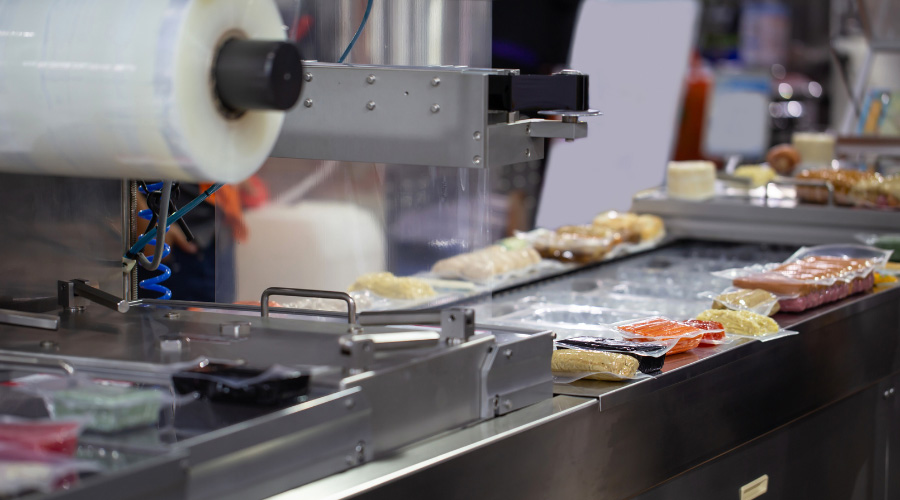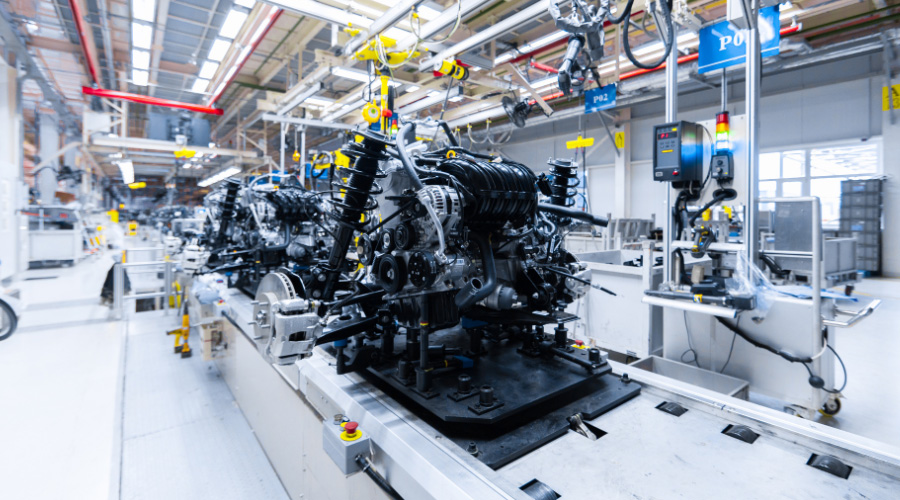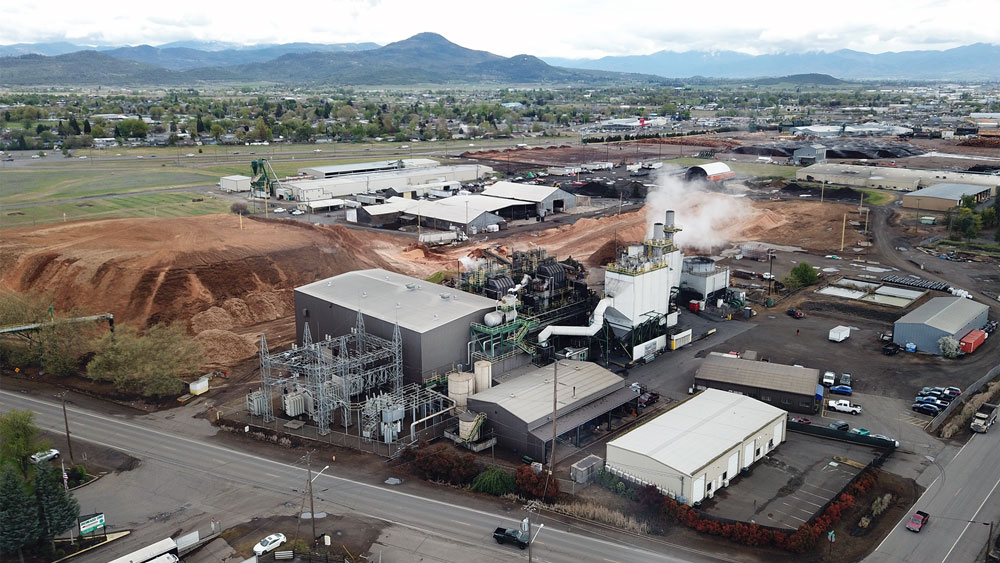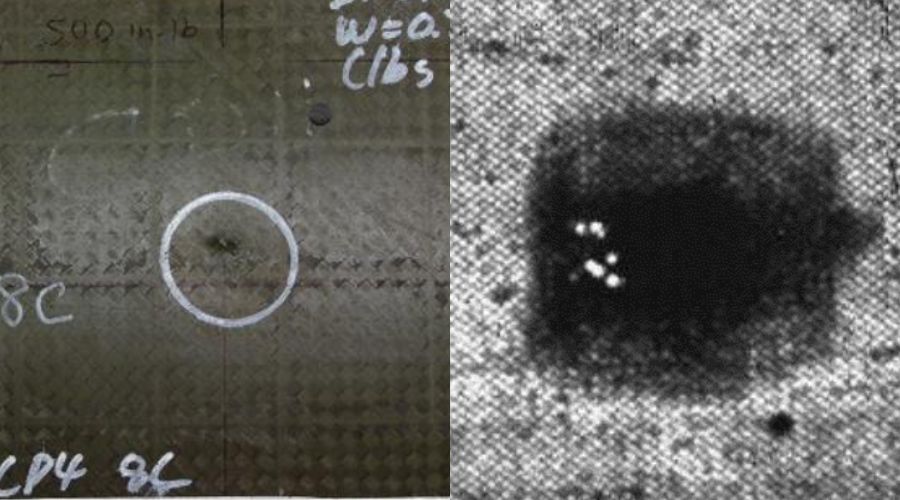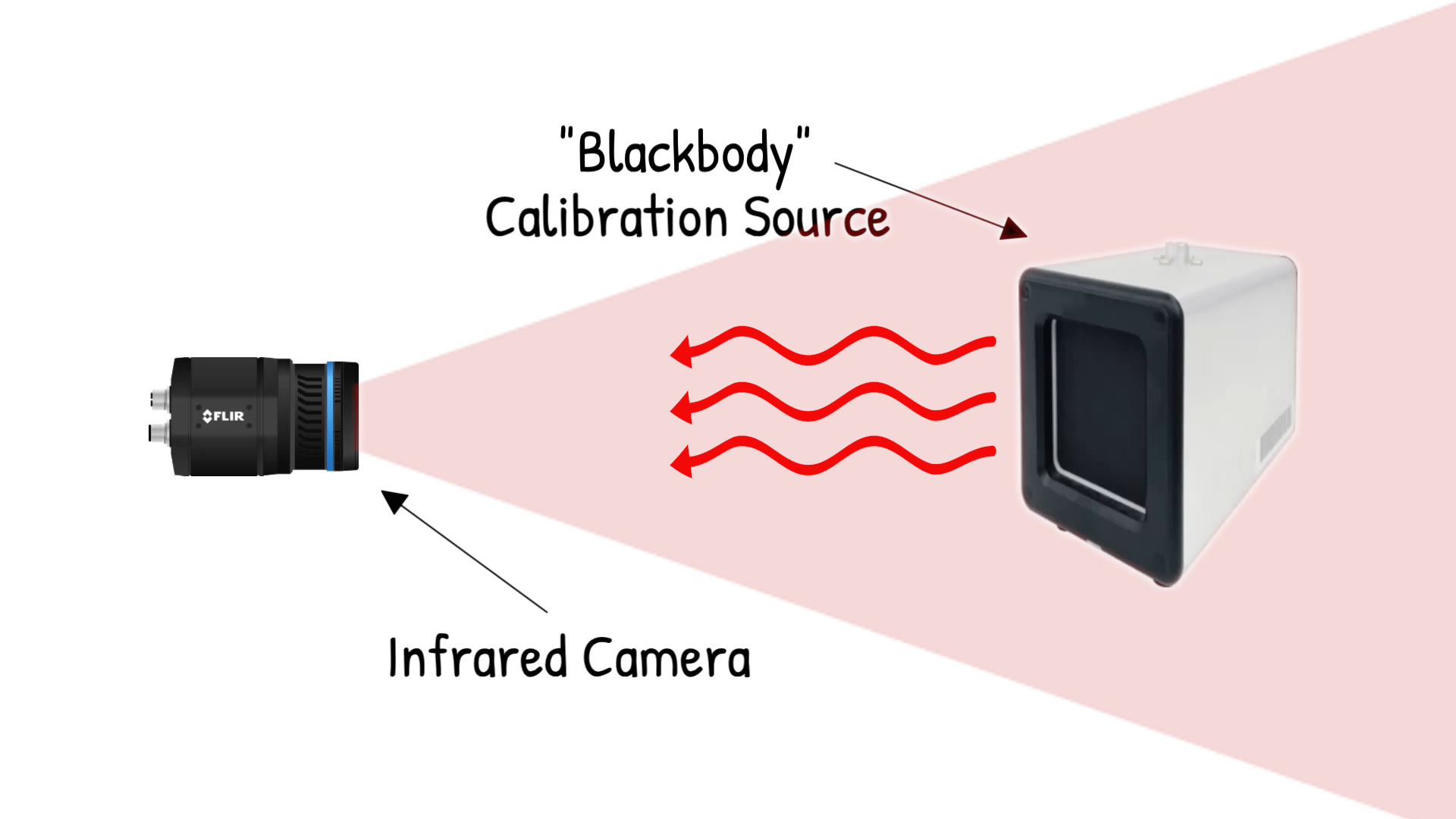
What is emissivity and why is it important?
What is emissivity?
If you want to measure absolute temperatures with a thermal camera, you must have a working understanding of “emissivity”.
Emissivity is a measure of how well a material radiates heat. It is the ratio of the heat radiated by the material to the heat radiated by a perfect radiator (a black body) at the same temperature. It is a dimensionless number between 0 (for a perfect reflector) and 1 (for a perfect emitter).
Temperature measurements captured by a thermal camera may seem objectively easy to understand. In reality, temperature measurements are composed of three components: transmitted energy, reflected energy, and emitted or radiated energy.

Transmitted energy is the energy component that passes through the object. A common example of energy transmission is daylight streaming through a glass window.
Reflected energy is the energy bouncing off the target and back to the camera. In much the same way a polished mirror can reflect your likeness, thermal energy can also be reflected. The degree of reflection depends on the materials and surfaces.
Emitted (or radiated) energy is energy that is intrinsic to the target. This type of energy is generated by the object or the result of the temperature difference between the object and surrounding environments. Heat energy flows from the higher temperature objects to the lower temperature objects either by conduction, convection, or radiation.
Useful examples can be found in the light from a lightbulb or heat energy from an electrical heater. These energy sources give off or emit thermal heat into the surrounding environment, acting to equalize the temperature imbalance.
In most cases, when measuring the temperature of an object, we are primarily interested in the emitted, radiant energy. Transmitted and reflected energy add a bias or measurement error to the system and degrade the accuracy of measurements. Therefore, it is useful to have a practical way to express the relationship between emissivity, transmission, and reflection.
The Emissivity Formula
The Emissivity Formula provides a means to calculate the relative intensity of the energy components. The formula is expressed as:
1 = Transmission + Reflection + Emitted
This formula is based on the idea that the sum of all energy sources (transmitted, reflected, and emitted) has a combined value of 1. Each component contributes a corresponding fraction or percentage toward the total. Since we have assumed the sum of all components is 1, we can calculate the total energy that is emitted. We can do this by simply subtracting the fractional transmission and reflection components from 1.
So, by rearranging the original formula, we arrive at this:
1 – (Transmission + Reflection) = Emitted
If accurate temperature measurement is critical, then reflected and transmitted energy must be minimized. This is needed to optimize the signal to bias ratio between the emitted energy and other energy components.
Transmission Considerations
Generally, most materials don’t transmit thermal energy or thermal radiation particularly well. For this reason, lenses for thermal cameras must be constructed from unusual and often rare materials. Materials like Germanium (Ge), Sapphire or Zinc Selenide (ZnSe).
When selecting IR lens materials, care must be taken to select the correct material based on the portion of the IR spectrum that needs to be transmitted. Generally, reflective energy tends to be more of a concern than transmitted energy. It is important to note that some plastics, especially thin plastic films, are able to transmit energy in the IR spectrum. While reflection will have more impact on measurement accuracy under most circumstances, transmission may be a consideration, depending on your application.
Reflection Considerations
If you are measuring an (infrared) opaque object, the transmission will be zero, and the emissivity formula becomes:
1 – Reflection = Emitted
This simplifies the equation, but it may not reduce the complexity as much as first imagined. While transmission isn’t common, many materials reflect thermal energy. This creates two potential issues: the first concerns getting reliable measurements from a highly reflective measurement target. The second is the impact of other heat sources in the vicinity of the object of interest.
Shiny, reflective surfaces like polished metals, are the most challenging of all. In the case of polished aluminum, transmission is zero; thermal energy does not pass or transmit directly through metals. However, reflectivity is high, as much as 0.9.
If the sum of all energy is equal to 1, and reflectivity is 0.9 or 90%, then emissivity will be very low. Emissivity could be around 0.1 or 10% of the signal. On the other hand, if the same aluminum surface has a dull and dark surface, this will dramatically reduce reflection. With low reflection, and no transmission through the material, a larger percentage of the measured thermal energy will be emitted energy.
Practically speaking, polished aluminum has an emissivity of 0.1. However, if you anodize the aluminum, you can increase the emissivity of the surface up to 0.65, or better. This depends on the metal surface finish and roughness of the anodized aluminum.
Measuring object with much less than 0.65 emissivity usually does not yield very good or accurate results anymore. However, it depends on the application, part geometry, environment and particular requirements.
Emissivity Table
The previous section underscores an important point about emissivity. The emissivity of any common material depends on its composition and on its surface characteristics. Thankfully, standardized Emissivity Tables have been compiled listing many common objects and surfaces. If you need to determine the emissivity of a particular target object, the Emissivity Tables can provide a useful reference.
Emissivity Tables are available from several sources online. A quick online search using the search term “emissivity tables” will produce several links to useful resources.
| Material | Emissivity |
|---|---|
| Human Skin | 0,98 |
| Water | 0,95 |
| Aluminium (polished) | 0,10 |
| Aluminium (anodized) | 0,65 |
| Plastic | 0,93 |
| Ceramic | 0,94 |
| Glass | 0,87 |
| Rubber | 0,90 |
| Cloth | 0,95 |
Other Factors Affecting Measurement Accuracy
The ambient temperature of the atmosphere (which is essentially reflected stray radiation) will also have some impact on measurements. If you want to optimize measurement accuracy, it’s worth setting the ambient temperature configuration in your thermal camera.
If the object temperature is close to the ambient air temperature, the environmental radiation will have more impact on accuracy. This is because the target has a lower emissivity value. The emissivity component based on the target’s radiation will occupy a smaller proportion of the measured values. Atmosphere and reflection, although lower in value, will comprise a larger proportion of the emissivity “pie”, as illustrated below.
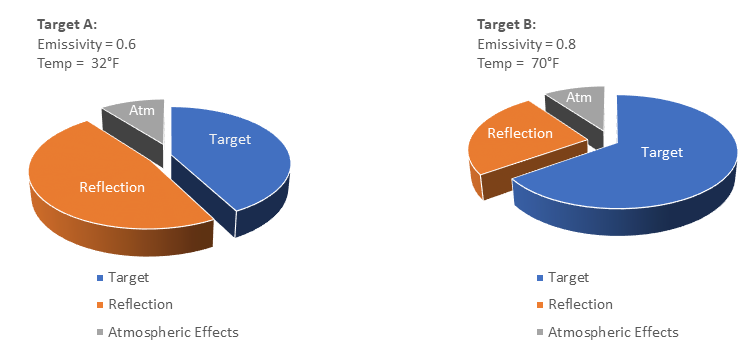
Viewing Angle can also have an impact on temperature measurements. If your camera is mounted at an angle, a percentage of the emitted energy will be lost. The amount loss will depend on the angle. The most accurate temperature measurements will be collected when the plane of the camera’s sensor is parallel to the surface.
The more the angle increases, the less emitted energy the camera’s sensor will detect. Also, the more impact environmental radiation will have on the resulting measurements.
How Hot Objects in Proximity to your Target Can Impact Measurements
As noted earlier, the impact of reflectivity will be compounded if there are hot objects in the vicinity of your target. A hot object reflecting off the surface of a shiny object can overwhelm the much smaller emissivity output.
Bright sunlight reflecting off a smooth surface will almost always impact your measurement values. As noted previously, total temperature includes reflected energy, so reflections of hot objects will add noise and degrade results. It’s always important to keep this in mind when determining the position of the camera with respect to the target.

Depending on the physical characteristics of the target, hot objects may also create unexpected transmission issues. If your thermal camera can see through the target material, a hot object behind it can suddenly skew your measurements.
You need to be aware of this particularly if you want to measure the surface of some plastics. Make sure you are not transmitting a significant amount of energy through your target. You may find that you are picking up the temperatures from behind your target, rather than the temperatures of your target.
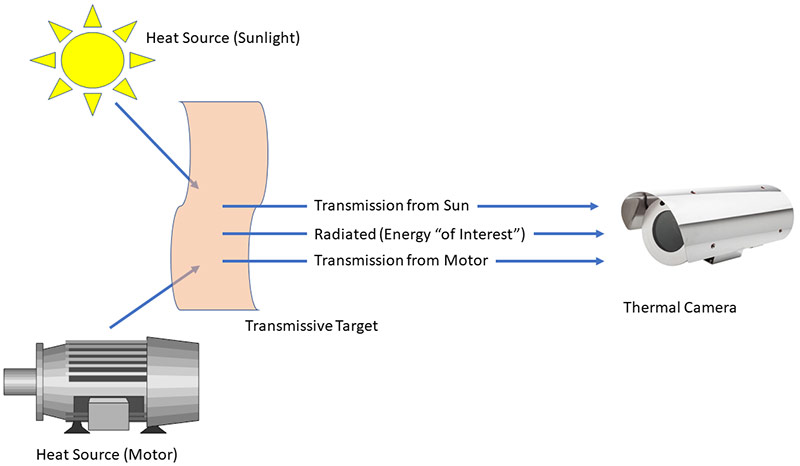
This article touches on some of the basics of emissivity. There are other considerations as well, such as the transmission characteristics of the lens. The atmospheric effects are based on the distance between the camera and the object, and so on.
Emissivity is just one of many considerations when evaluating the temperature accuracy and suitability of thermal imaging for your applications.
For more information, contact MoviTHERM and speak with one of our IR Specialists.
About MoviTHERM:
MoviTHERM – Advanced Thermography solutions was founded in 1999. The company offers solutions for plastic welding, package sealing, and non-destructive testing. In addition, MoviTHERM provides IoT Cloud monitoring solutions for thermal imaging applications for early fire detection, machine condition monitoring, and other applications. MoviTHERM is a Teledyne FLIR Premium Partner and master distributor for FLIR Thermal Cameras for automation and science applications.

